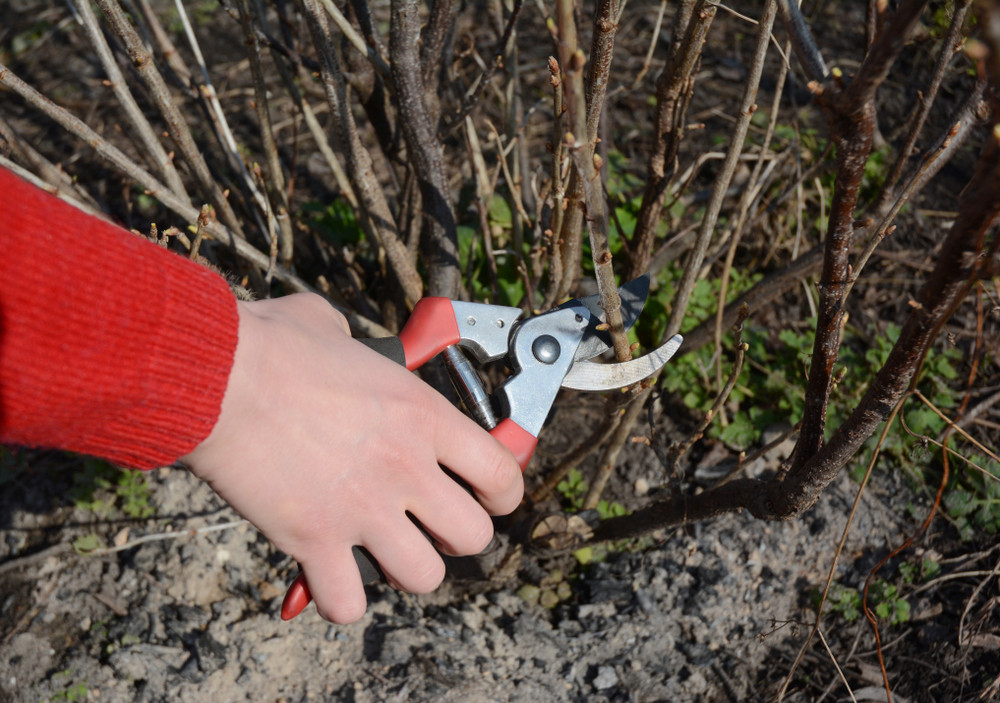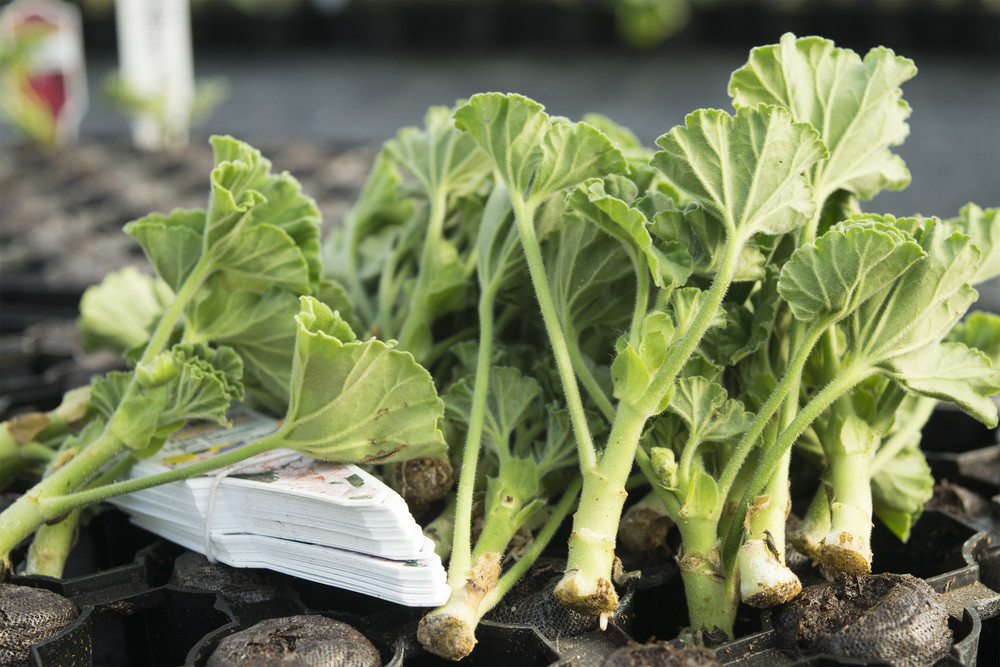Make Free Plants This September

As the golden light of September bathes the garden, there's a natural inclination to think about tidying up and winding down. The frantic growth of summer is over, and the first hints of autumn are in the air. But in the world of permaculture, this is not an ending; it’s a moment of incredible opportunity. This is the perfect time for propagation, the practice of creating new plants from existing ones, embodying the core permaculture principle of working with nature to create abundance.
What is Propagation?
At its heart, propagation is the simple, magical act of making more plants. It’s a closed-loop system in action. Instead of buying new plants in plastic pots from a garden centre, you use the healthy, successful plants already thriving in your own garden to create the next generation. This isn't just about saving money; it’s about building resilience. A plant that has grown well in your specific soil and microclimate is a proven survivor. Its offspring, created through vegetative propagation (like cuttings), are genetic clones, carrying that same robust potential.
Propagation falls into two main categories: sexual (from seed) and vegetative (from cuttings, division, or layering). While seed saving is a vital skill, September is the prime time for vegetative propagation, especially taking cuttings from plants that have put on good growth over the summer.
September's Gift: Classic Plants to Propagate Now
As the season shifts, the plant's energy is moving from producing leaves and flowers to hardening its stems and strengthening its roots for winter. This makes it an ideal time to take semi-hardwood cuttings—stems that are firm but not yet old and woody.
1. Evergreen Herbs: Rosemary, Lavender, and Sage
These Mediterranean herbs are staples in any garden, providing year-round structure and flavour. They are incredibly easy to propagate and make fantastic gifts.
- How to do it: Look for a healthy, non-flowering shoot from this year's growth. Snip off a piece about 10-15 cm long. Carefully strip the leaves from the bottom half of the stem. You can dip the base in rooting hormone if you like, but it’s often not necessary for these vigorous plants. Push the bare part of the stem into a pot filled with a gritty, free-draining compost mix. Water well and place the pot in a sheltered spot, like a cold frame or against a house wall, to protect it from the worst of the winter weather. By next spring, you should have a new, rooted plant ready for the garden.
2. Fruiting Bushes: Currants and Gooseberries
Want to expand your fruit patch for free? September is the perfect time to take hardwood cuttings from currant bushes (black, red, and white) and gooseberries.

- How to do it: Select a strong, straight stem from this year’s growth and cut a section about 30 cm long, making a straight cut just below a bud at the bottom and a sloped cut just above a bud at the top. Remove all the leaves. You can then push the cuttings directly into a prepared patch of soil in the garden, burying them so that only the top two or three buds are showing. By next autumn, they will have developed a strong root system and be ready for transplanting to their final position.
3. Perennial Division
Many herbaceous perennials, like Hardy Geraniums, Hostas, and Sedums, can become congested over time. September, while the soil is still warm, is a great time to lift and divide these clumps. This invigorates the parent plant and instantly gives you several new, free plants. Simply dig up the entire clump, gently pull it apart into smaller sections (each with roots and shoots), and replant them immediately.

This September, before you hang up your trowel, take another look around your garden. See it not as a space that is ending, but as a source of future abundance. A few snips here, a divided clump there, and you are participating in the timeless, resourceful cycle of propagation—the true secret to a garden that never stops giving.


